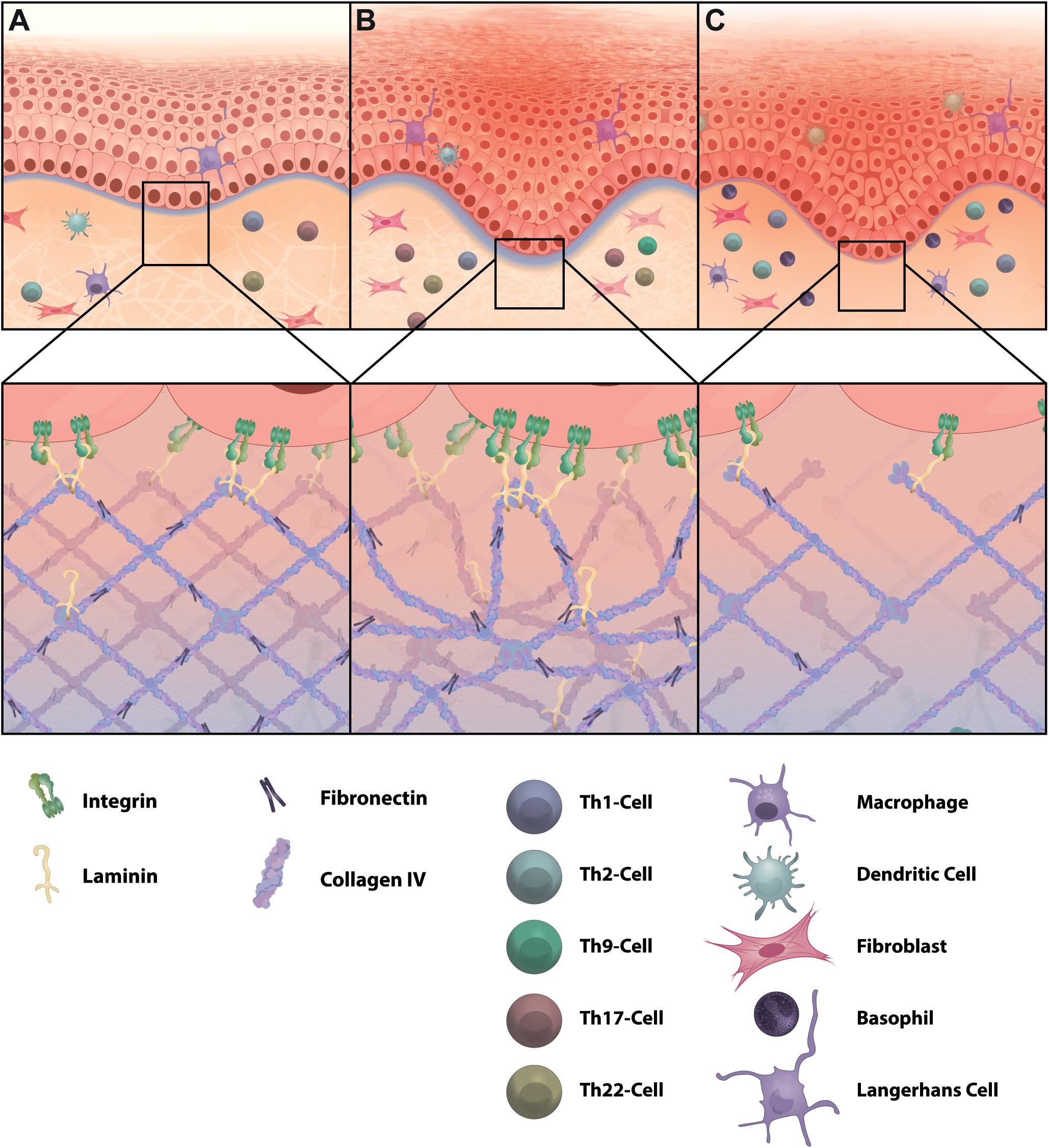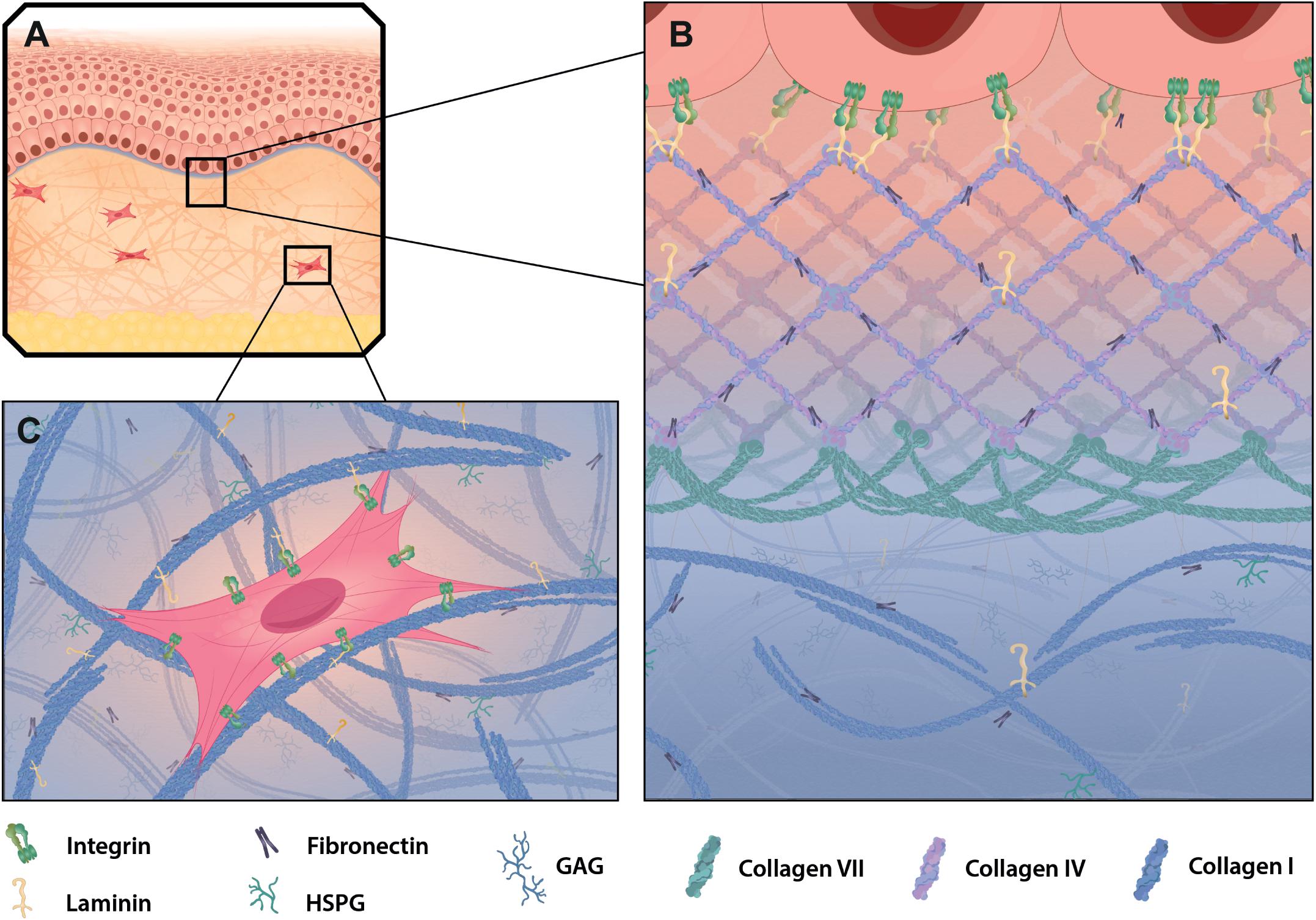

Until the recent first report of the structure of SQR from Escherichia coli (E. This function directly connects the Krebs cycle and the aerobic respiratory chain. Title: Complex II from a Structural PerspectiveĪuthor(s): Rob Horsefield, So Iwata and Bernadette ByrneĪbstract: The super-macromolecular complex, succinate:quinone oxidoreductase (SQR, Complex II, succinate dehydrogenase) couples the oxidation of succinate in the matrix / cytoplasm to the reduction of quinone in the membrane. Keywords: succinate:quinone oxidoreductase, succinate dehydrogenase, membrane protein, aerobic respiratory chain

Here we review how this structure has advanced our knowledge of this important enzyme and compare the structural information to other members of the Complex II superfamily and related flavoproteins. Additionally, the structure has provided a possible explanation as to why certain organisms utilise both SQR and QFR despite the fact that both can catalyse the interconversion of succinate and fumarate, in vitro and in vivo. Comparison of the structures of SQR, QFR and other related flavoproteins shows how common amino acid residues at the interface of two domains facilitate the inter-conversion of succinate and fumarate. coli, analogous to the mitochondrial respiratory Complex II, has provided new insight into SQRs molecular design and mechanism, revealing the electron transport pathway through the enzyme. coli ) the structure-function relationships in SQR have been inferred from the structures of the homologous QFR, which catalyses the same reaction in the opposite direction. The super-macromolecular complex, succinate:quinone oxidoreductase (SQR, Complex II, succinate dehydrogenase) couples the oxidation of succinate in the matrix / cytoplasm to the reduction of quinone in the membrane.


 0 kommentar(er)
0 kommentar(er)
